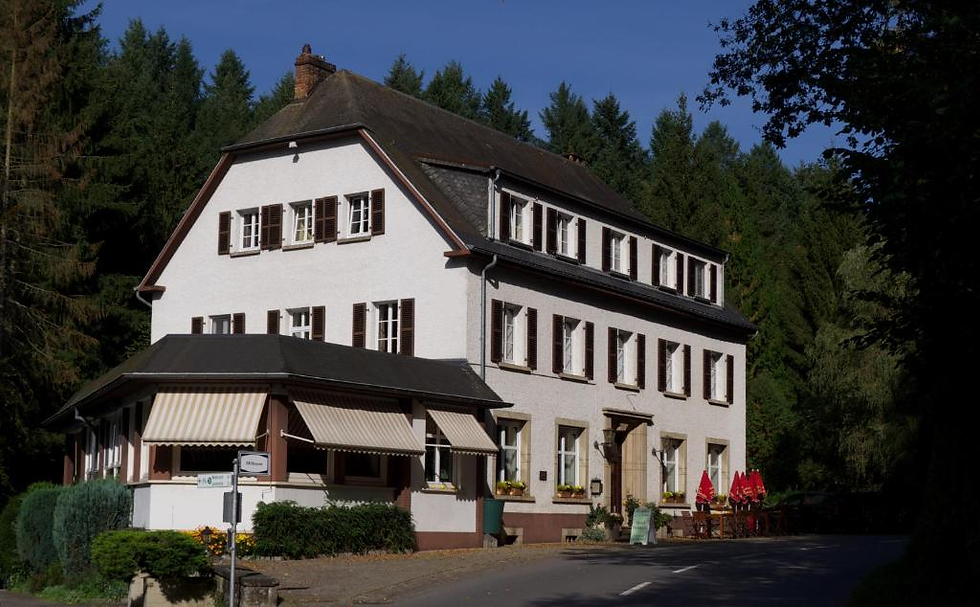Rudesheim
- Jerry Griffis

- Aug 1, 2021
- 2 min read
The town of Rudesheim is one of those quaint German villages along the Rhine...the ones that come to mind when you think of Germany. Rüdesheim was first mentioned in a document in 1074. Its livelihood came mainly from winegrowing and shipping, particularly timber rafting. The tradition of its winemaking is evident all along the hills surrounding the village.
It was here in Rudesheim that we caught our first glimpse of the legend of Loreley, prevalent throughout this region of the Rhine.

This would not be the last time we would see this and it intrigued us as Lorilie is named after this place, although her name is spelled different, of course.

We had come to Rudesheim, because Ellie had heard there were some interesting sites to see and I had learned there was a castle located nearby. We would come to find that there were actually many castles located in that area.
We wandered through the town and came upon a cable car that could take you to the top of the hill. The kids were excited and it was very hot and although we could make it up the hill with out much trouble, we decided to pay the small fee and take the cable cars to the top. It would turn out to be a good decision and like on so many of our travels, open up a new experience for our family.
Arriving at the top, you are presented with fantastic views of the Rhine valley below and as we made our way around the trail at the top, we came upon the the Niederwalddenkmal. The grand scale of this monument cannot be expressed in words or photos and really does need to be seen in person. Built between 1871 and 1883 to commemorate the Unification of Germany, the monument is located within the Rhine Gorge, a larger UNESCO World Heritage Site,


After a while, we decided to head down the trail and finally see the castle we had been looking for all along.
The sun beat down on us once we exited the forest as there was no longer any shade along the winding path amongst the vineyards. We quickly consumed most of our water, but finally we reached our destination. It was (re-)built about 1212 at the behest of the Archbishop of Mainz as a defensive work against the constant attacks by Elector Palatine Henry V, who, as Imperial vicar of Franconia, strived to cut down the archbishop's reach. Mainz staffed the castle with Burgmannen and erected a customs post controlling the shipping on the Rhine, supplemented by the Mouse Tower below at the river. Heavily damaged in the course of the Thirty Years' War, the castle was finally devastated by French troops under the command of Lieutenant General Nicolas Chalon du Blé during the 1689 Siege of Mainz.

































Comments